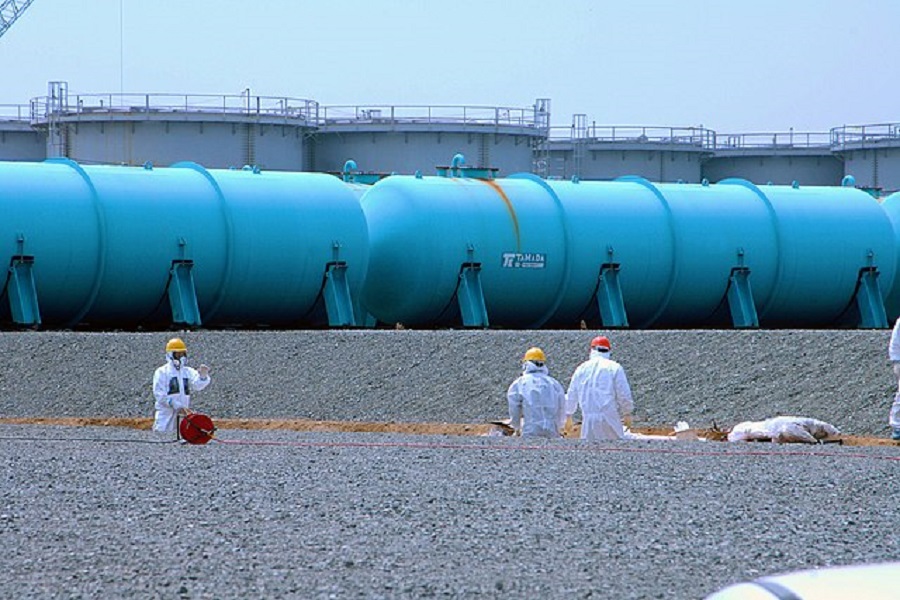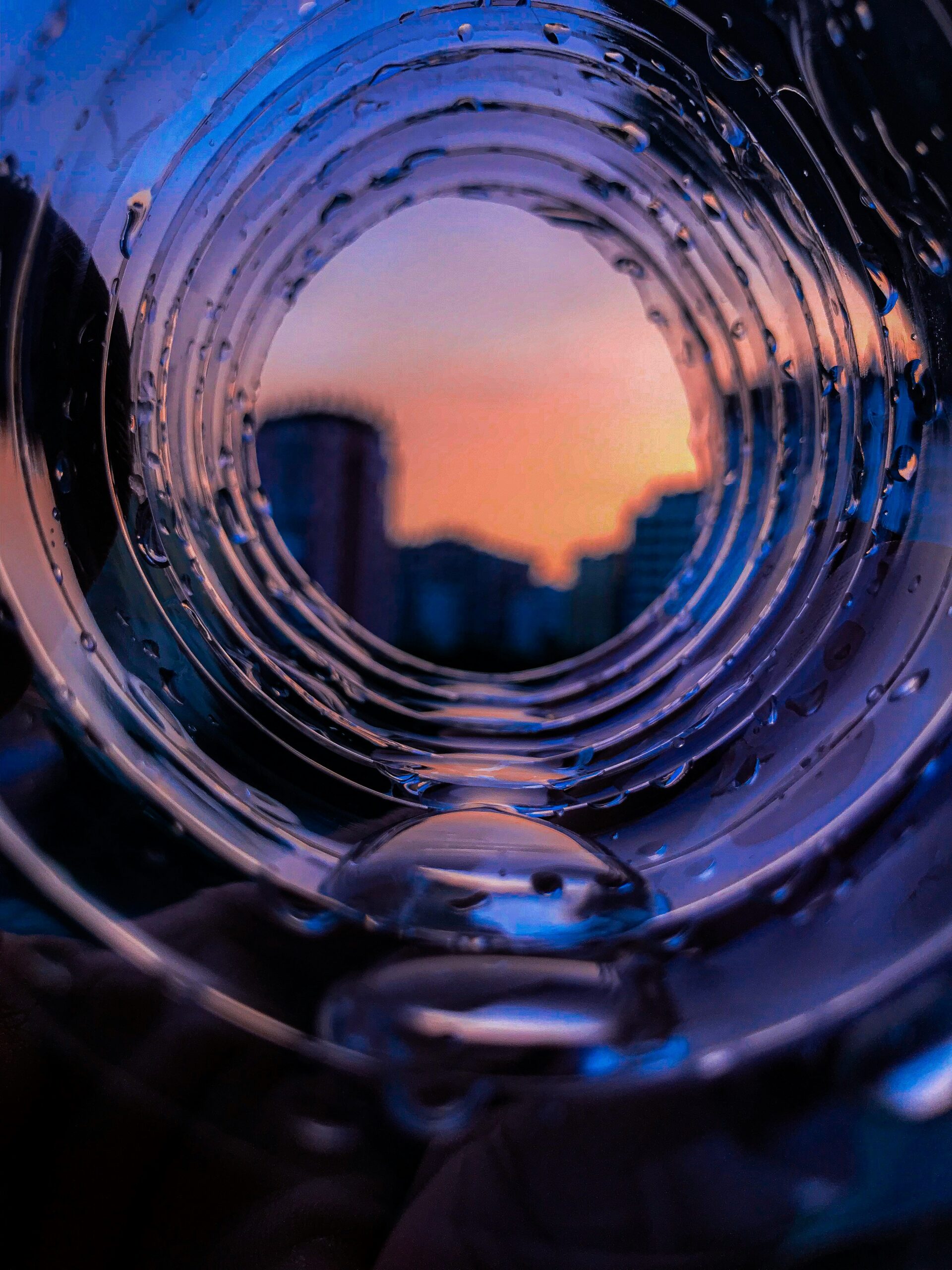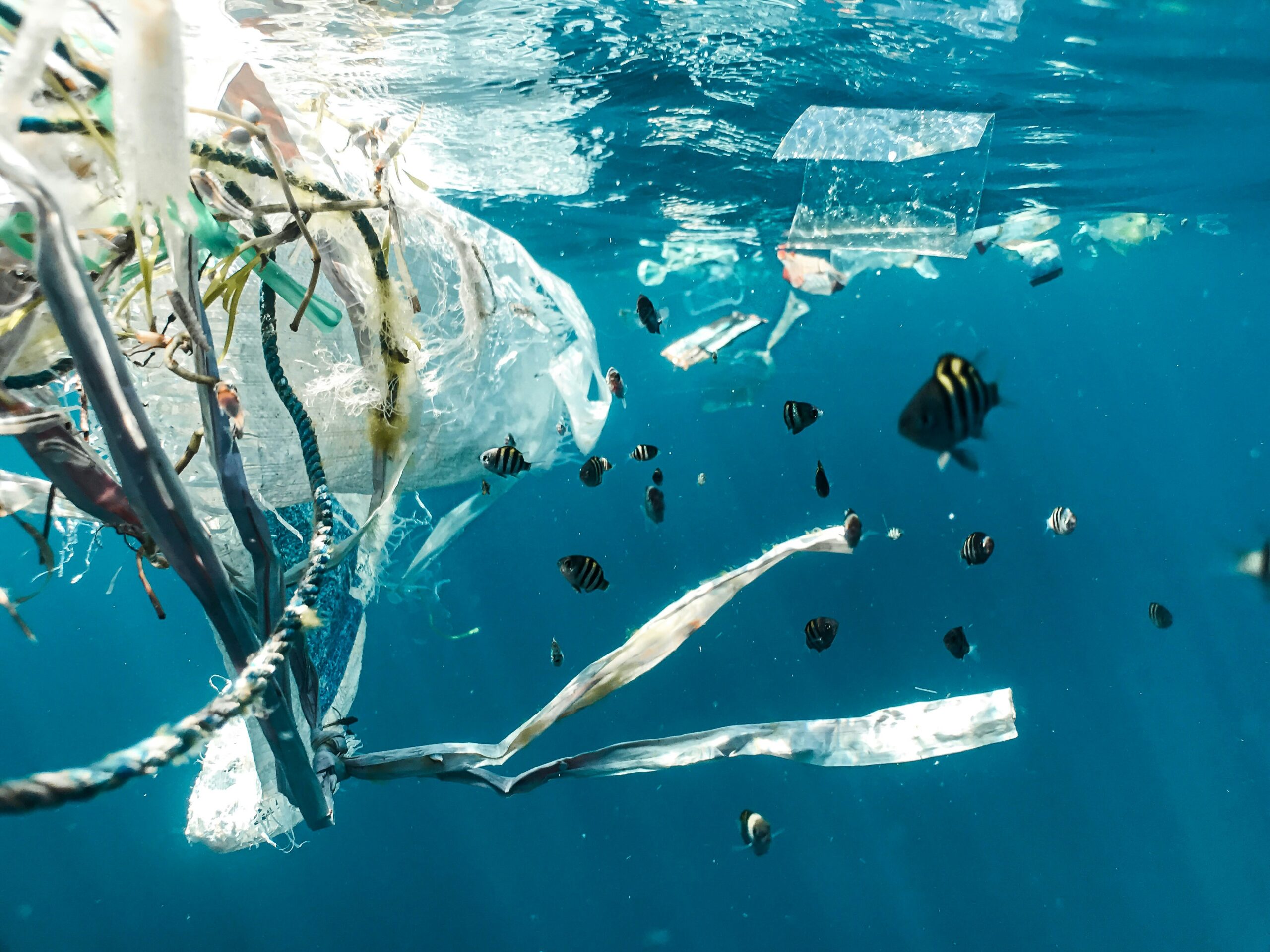IAEA Approves Japan’s Plan to Release Treated Radioactive Water from Fukushima into the Pacific Ocean

Workers at TEPCO's Fukushima Daiichi Nuclear Power Station work among underground water storage pools on 17 April 2013. Two types of above-ground storage tanks rise in the background. An IAEA expert team visited the site on 17 April 2013 as part of a mission to review Japan's plans to decommission the facility. Photo Credit: Greg Webb / IAEA
The Japanese government is set to proceed with the release of treated but still radioactive water from the damaged Fukushima Daiichi nuclear power station into the Pacific Ocean as early as next month.
This comes after the United Nations nuclear watchdog, the International Atomic Energy Agency (IAEA), granted approval following a two-year review.
According to the Nikkei newspaper, Japanese officials will soon explain the plan to the local community and neighboring countries, addressing concerns about the potential impact of the water release. Currently, over 1,000 massive tanks store the water around the Fukushima power station.
IAEA Director General Rafael Grossi stated on Tuesday that the agency’s comprehensive safety review concluded that the plan adheres to relevant international safety standards. Grossi emphasized that the controlled and gradual discharge of treated water would have a negligible radiological impact on both people and the environment.
Grossi, accompanied by Japanese Prime Minister Fumio Kishida, is scheduled to visit the Fukushima site on Wednesday. Over 1.3 million tonnes of water, equivalent to 500 Olympic-sized swimming pools, have accumulated at the plant since the devastating tsunami in March 2011, which led to the worst nuclear disaster since Chernobyl.
The water primarily results from cooling the damaged reactors, and a sophisticated liquid processing system known as ALPS extracts newly contaminated water daily, removing most radioactive elements.
Despite the reassurances, the plan has faced strong opposition from neighboring countries, Pacific island nations, and local fishing and agricultural communities around Fukushima who are concerned about the potential impact on their livelihoods. Tritium, a radioactive isotope of hydrogen that is challenging to remove from water, has been a particular focus of concern.
To address these concerns, Japan will dilute the water before discharge to bring the tritium levels below regulatory standards. The IAEA will maintain a continuous on-site presence and provide live online monitoring on its website once the release begins. The process is expected to span several decades.
Following his visit to Japan, Grossi will travel to South Korea, New Zealand, and the Cook Islands. China, a vocal critic of the water discharge plan, expressed dissatisfaction with the IAEA report, claiming that it failed to fully reflect the views of participating experts.
South Korea, prioritizing the health and safety of its citizens, acknowledged the IAEA report but announced intensified inspections of foodstuffs to ensure proper labeling of their origin, as well as continued restrictions on seafood imports from the Fukushima-affected prefectures.









